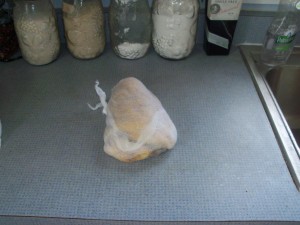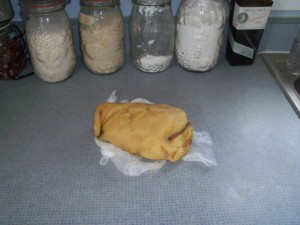What happens to us as a people when the sources of knowledge are only to be found outside of our communities? When we ask the internet for gardening advice on a plot of land between Paint Rock Valley and Big Sandy instead of the farmer who has lived those conditions for eighty years? When our education is served up by the likes of the University of Phoenix instead of the slightly eccentric teacher living down the street? When childhood summers consist of structured play and digital devices instead of pirates and adventures?
Is the human spirit so easily channeled and contained? Is the knowledge needed to live so easily reduced and boxed up for our consuming pleasure and sold to us at Wal-Mart? Where does the “person” exist in that world?
I’ve been experiencing loss this last week for something only known to me for fifteen years and no doubt making a bit more of it than needed. But I have an old fashioned conservative streak running through my bones that hates change. So when the Sweetwater Fruit Market closed their doors a couple of weeks ago after thirty years I began to tally what was lost not just to me but to our community.
We lost a great source for fruit and vegetables sourced locally and regionally long before that became trendy. They were carrying heirlooms when they were still just the old-fashioned varieties everyone always grew. I grieve over the loss of their seed selection. The store carried ten to twenty varieties of cowpeas alone, not to mention a couple of dozen varieties of sweet corn. They knew the best variety of potato for our clay soils (Kennebec’s) and when to plant. Do you think the Lowes garden department will match that knowledge or localized selection?
Theirs was a typical small town business that carried too many items with too small margins of profit. A place that dispensed advice built on their local knowledge and from local farmers. It was a business that any small town community supported easily before the era of big-box stores. The ripple effect of this closing will extend beyond the owners and the customers. It extends from the small farm providing collards and beets to the pig farmer who weekly collected the spoiled produce. And it extends to who we are as a people and what we expect from our community.
It is another in a long line of essential businesses rendered not essential by those who can’t be bothered to shop anywhere but Wal-Mart or its ilk.
How many times do you hear someone bemoan the lack of civility, the loss of community? Yet their weekly shopping habits adds to that misery and increases that loss of community and civility from not knowing or being responsible to ones neighbors, supporting them so that they may in turn support you.
Our communities are suffering from what I see as a habitat loss as real as the loss in the natural environment. We collectively strip those habitats, both natural and social, of resources we cherish. And then express our disgust and amazement at their loss. No doubt I’m making too much of this small loss to our community. But it seems a symptom of something larger that does make one wonder what we truly value.


